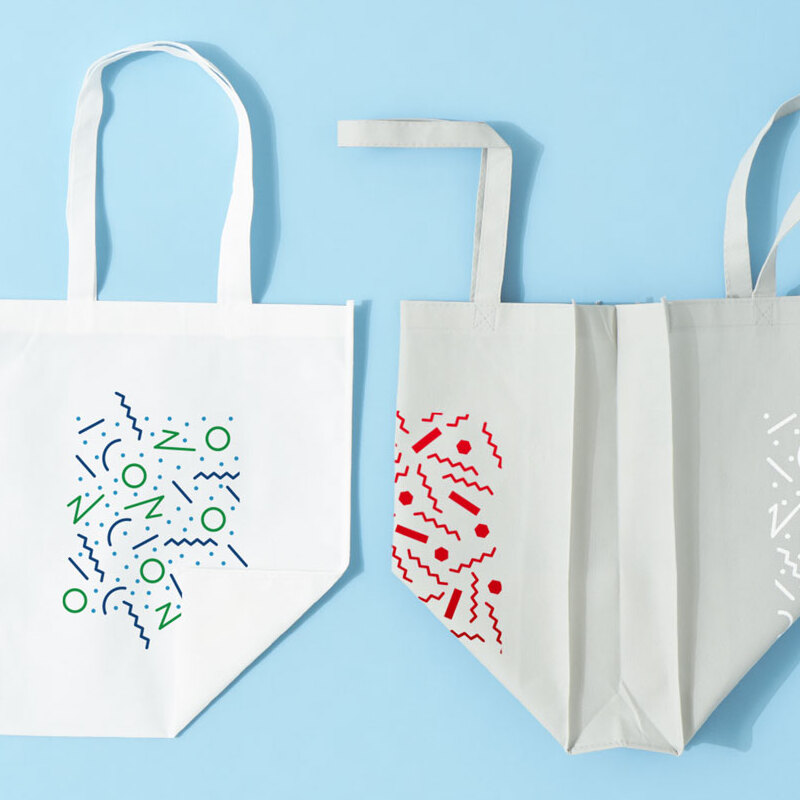

Trustworthiness is a pillar on which the adoption of digital printing stands, particularly due to its compliance with food safety standards. Food packaging acts as a protective layer as well as a marketing tool, and the materials used in digital printing must ensure the safety of the food products they encase. Fortunately, digital printing technologies employ safe, food-grade inks and substrates that are approved by regulatory bodies, providing peace of mind to both manufacturers and consumers. The real-world experience of companies adopting digital printing highlights numerous case studies pointing to increased market responsiveness and competitive advantages. For example, a mid-sized snack company introduces seasonal flavors at a fraction of the cost it would traditionally incur, unlocking new revenue streams that weren't financially viable before digital printing. Similarly, a startup craft beverage brand successfully leverages personalized designs to differentiate itself in a crowded market, quickly adapting packaging to feature up-and-coming local artists. These testimonials underscore the effectiveness of digital printing in increasing a brand's market presence and consumer loyalty. Success in implementing digital printing involves understanding and navigating its nuances. Collaborating with knowledgeable suppliers and converters equipped with the latest printing technologies ensures that the full spectrum of digital printing benefits is realized. This partnership is pivotal, as innovation in ink technology and substrate materials continues to expand the scope of what can be achieved. The move to digital also implies a reinvigorated relationship between marketing and production teams, emphasizing the need for adopting an integrated approach to packaging strategy. In conclusion, digital printing for food packaging stands as a transformative force, amalgamating personalization, sustainability, and safety into a single package solution that addresses the modern consumer's expectations while offering manufacturers an efficient and cost-effective method of engaging the market. The intersection of creativity and technology in digital printing for food packaging not only ensures compliance with rigorous industry standards but also empowers brands to stand out in an increasingly competitive landscape. Embracing digital printing technology is not just about enhancing packaging aesthetics; it's a comprehensive strategy that underlines a brand’s commitment to innovation, quality, and sustainability.



